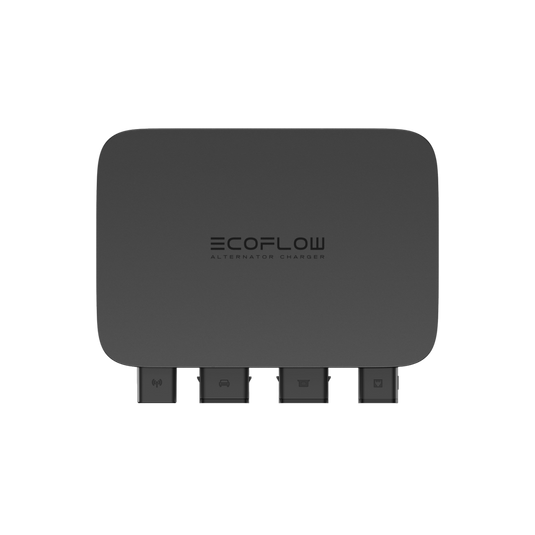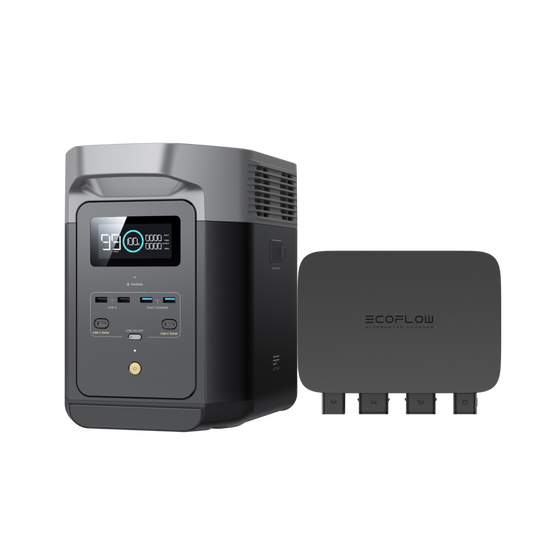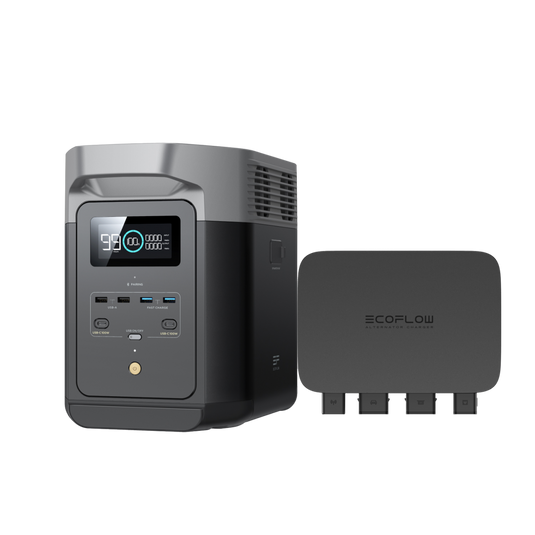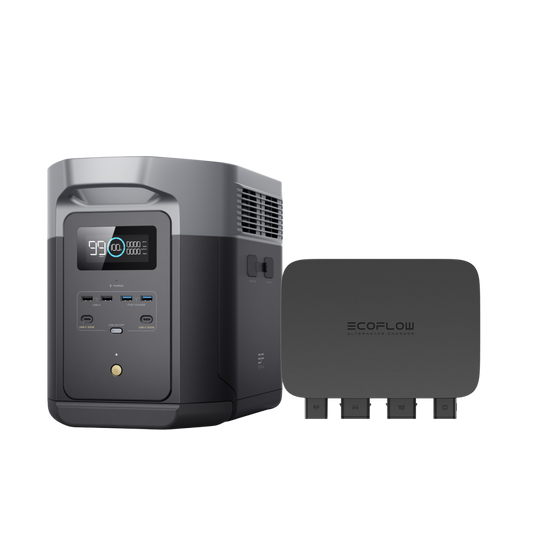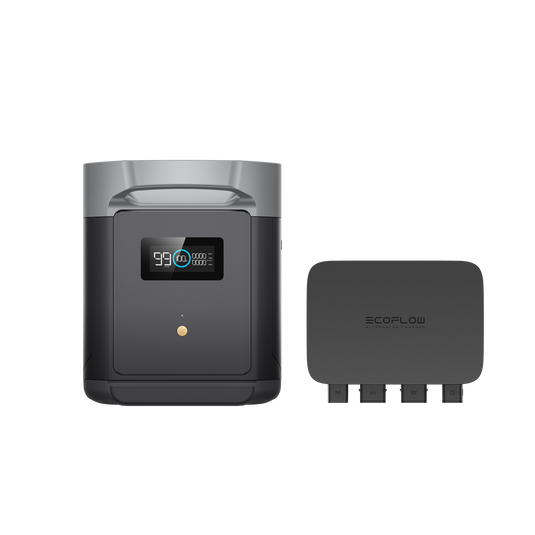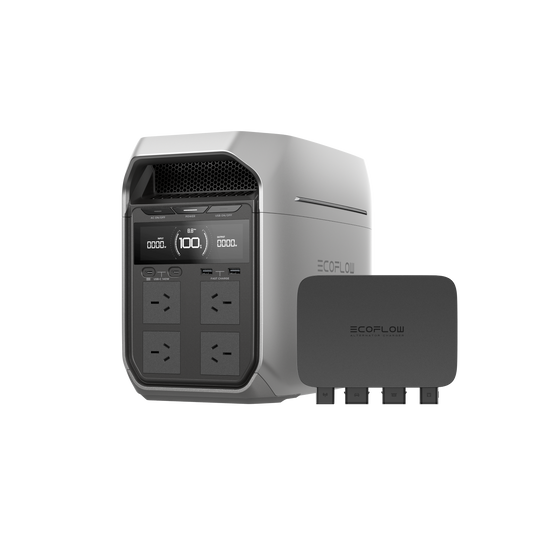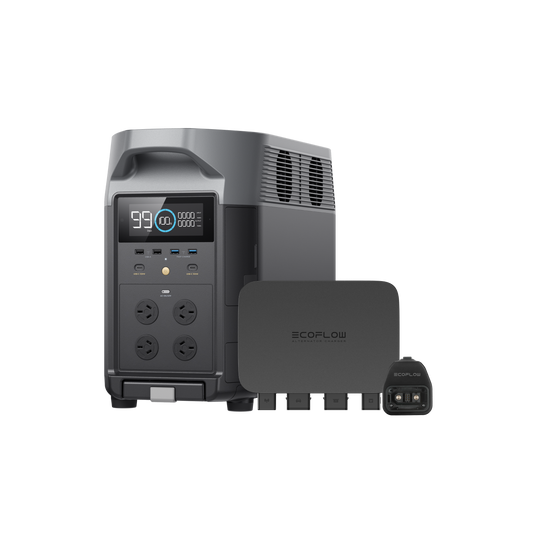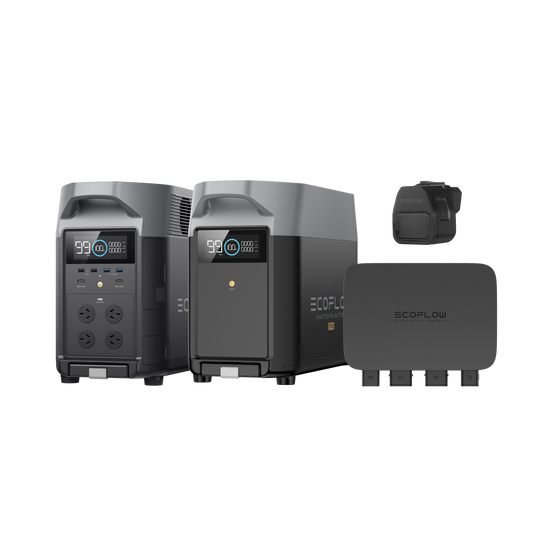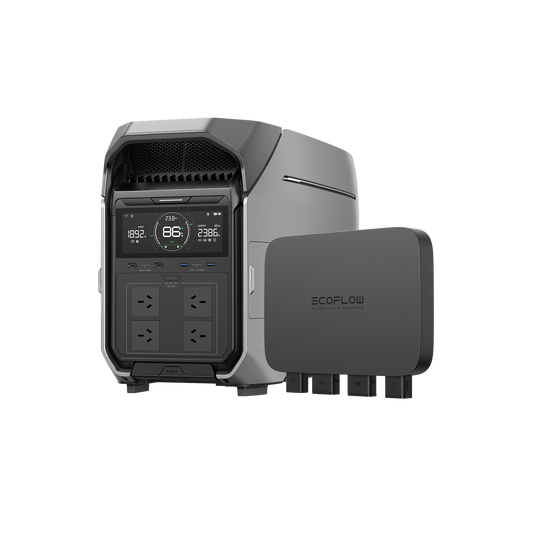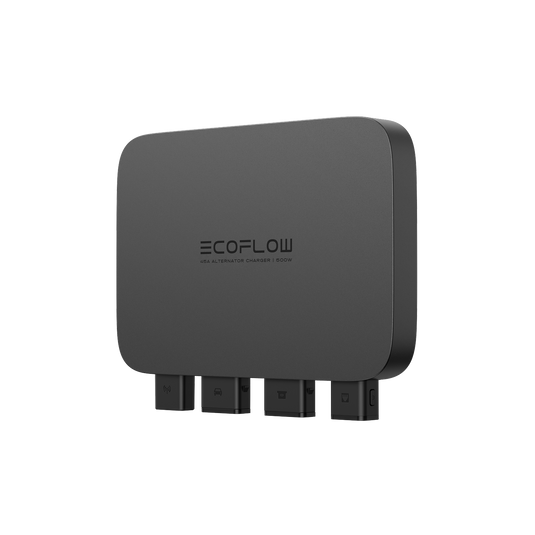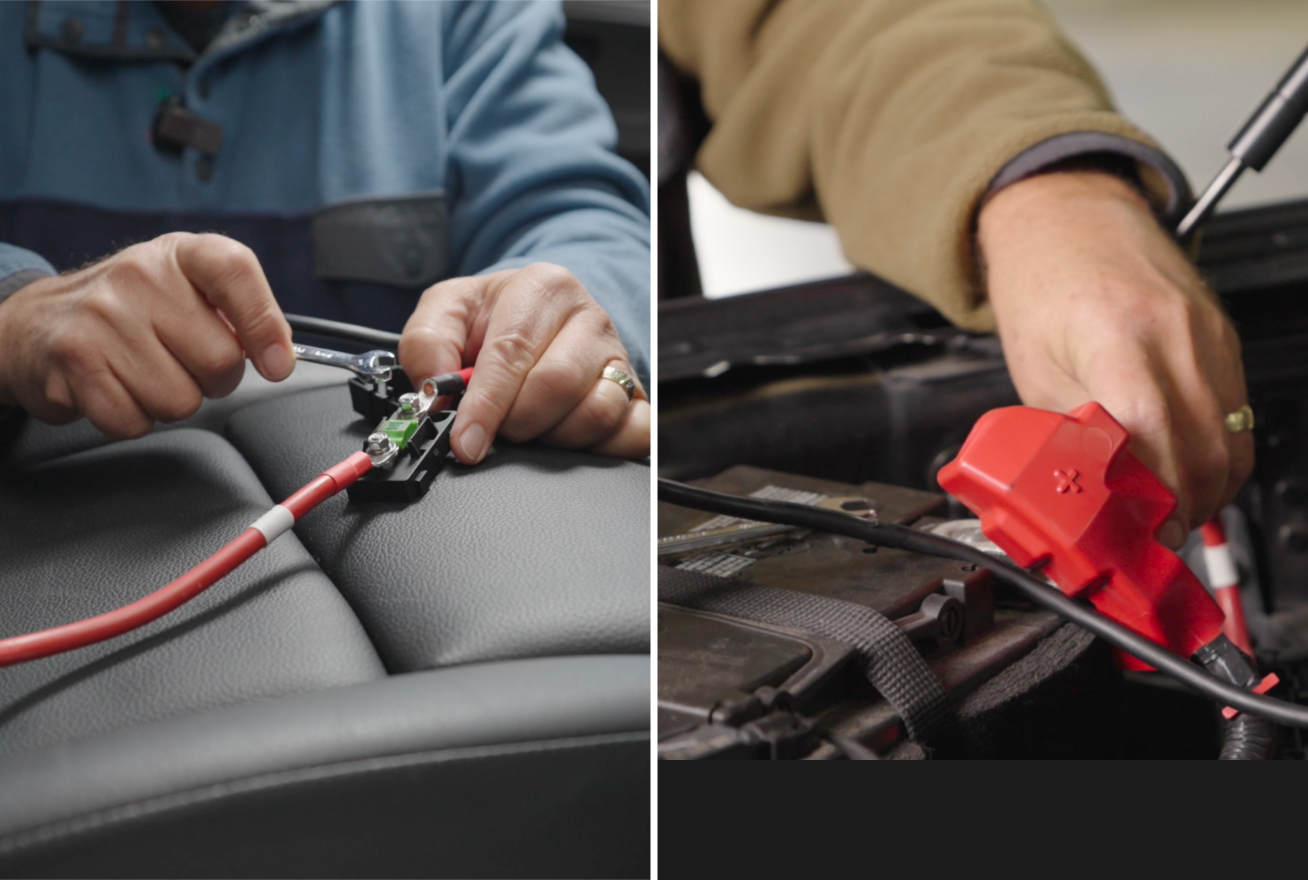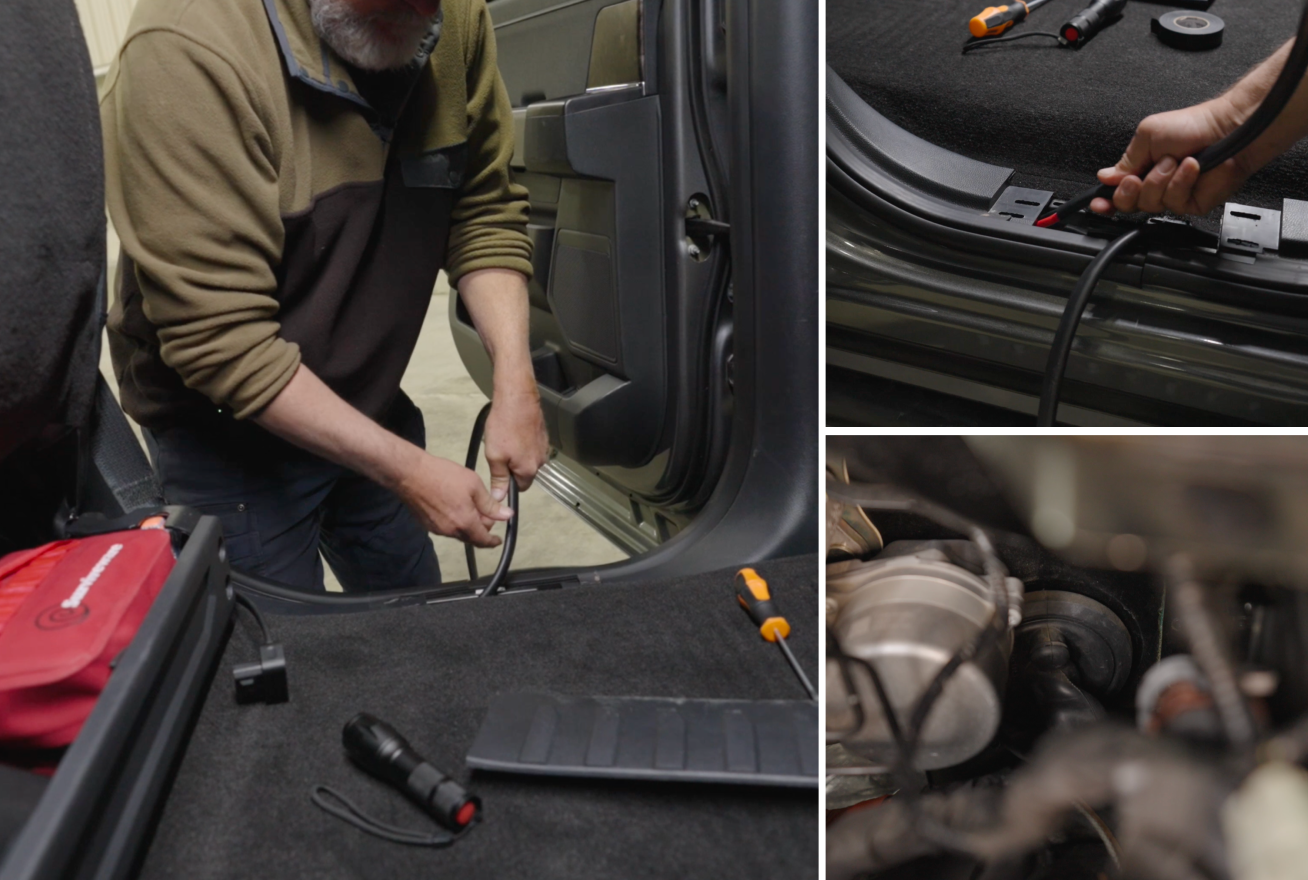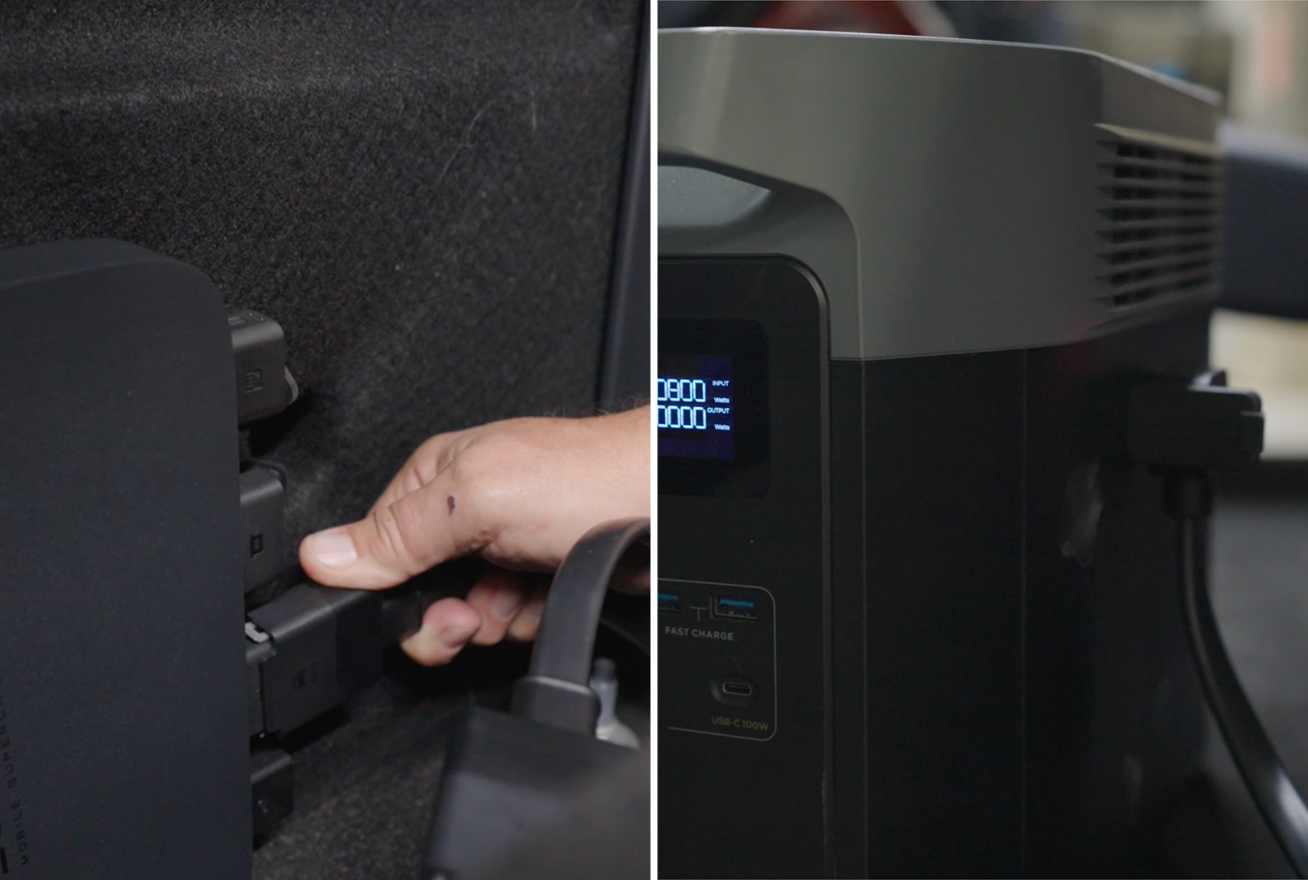Alternator Charger \17Item(s) Found
Alternator Charger \17Item(s) Found
EcoFlow 800W Alternator Charger
800W(70A@12V*) input | 1.3 hrs to fully charge 1kWh (85Ah@12V)


EcoFlow 800W Alternator Charger
EcoFlow DELTA 2 + 800W Alternator Charger
EcoFlow DELTA 2 Max (1900) + 800W Alternator Charger
EcoFlow DELTA 2 Max + 800W Alternator Charger
EcoFlow DELTA 3 Plus + 800W Alternator Charger
EcoFlow DELTA Pro + 800W Alternator Charger
EcoFlow DELTA Pro 3 + 800W Alternator Charger
EcoFlow 500W Alternator Charger
EcoFlow DELTA 2 + 500W Alternator Charger
What to Consider When Choosing 4WD Dual Battery System
Power Needs: First up — what are you powering? A camp fridge, a few lights, maybe a UHF radio? The more gadgets you’re running and the longer you’re off the grid, the more juice you’ll need. No one wants to be stuck in the outback with a dead fridge and warm beers.
Battery Type & Usable Capacity: Lithium batteries are the go-to these days. They are lightweight, charge fast, handle deep discharges, and give you 80–95% usable capacity. Don’t get caught out looking at “rated” numbers only — it’s the real, usable power that matters when you're off the beaten track.
Charging Capability: Make sure the power station can charge via your vehicle’s 12V DC socket and ideally supports fast charging. If it can’t take a charge from your car while driving, it’s probably not the right pick for a dual battery setup in an ute or van. Use EcoFlow's dual battery system. It’ll get the most out of your solar input when you’re soaking up rays out of the bush. It can also take a charge while driving.
Size & Mounting: Choose a power station that fits your energy demands and the physical space in your vehicle or camper. No point getting a beast of a unit if it won’t fit where you need it to go.
Budget & Performance: Entry-level rigs will handle the basics, but if you’re chasing serious watts (1500W and up), expect to fork out a bit more. High-power units aren’t cheap, but if you value convenience and less wiring headache — worth every dollar.
Output Power & Inverter Strength: Make sure the inverter can handle the peak load of your AC appliances, and that the DC output can pump out enough current for your 12V gear. Nothing worse than a station that trips the moment you boil a kettle.
Features & Expandability: Keep an eye on the number of AC/DC/USB ports, screen quality, expandability, and whether you can replace the battery yourself. These factors can really affect how long the unit stays useful — and let’s be honest, this stuff ain’t cheap, so you want it to go the distance.
Why Choose EcoFlow Dual Battery System
| Comparison Dimensions | Traditional Dual Battery System | EcoFlow Dual Battery System |
|---|---|---|
| Flexibility | Fixed in-vehicle installation only | Portable & take-anywhere—runs off alternator in-vehicle or can be carried off-road for camp or home backup |
| System composition | Composed of a main and auxiliary battery, using isolators like VSR | Alternator Charger + Portable Power Station with APP control and solar energy modules |
| Battery Type | Lead-acid, AGM, GEL | Lithium-ion batteries |
| Battery Management | None or basic voltage control (VSR) | Equipped with intelligent BMS (battery management system) |
| Battery Isolation | VSR (Voltage Sensitive Relay) or manual isolator | Use DC-DC charger to accurately control power/voltage |
| Charging Efficiency | Low (limited by alternator voltage) | High (Charges 1kWh in about 1.3-2.1 hours) |
| Installation Complexity | Complex, lots of wiring | Easy 6-step DIY installation, plug-and-play |
| Weight and Volume | Heavy and space-consuming | Lighter and more compact |
| Control & Monitoring | Manual monitoring or no monitoring | Smart App Control |
| Battery Life | Around 200–500 cycles | Up to 2000–5000 cycles |
| Low-Voltage Protection | Typically no protection; battery is easily damaged | BMS active protection to prevent over-discharge |
| High energy consumption appliances (refrigerator, etc.) | Not recommended | More stable and reliable |
Frequently Asked Questions
Is a Dual Battery System Worth It?
Yes, it lies in extending the power supply to avoid draining the starter battery. The system’s reliability and convenience justify the expense. Ecoflow's dual battery system versatility in supporting solar charging, alternator charging, and external power sources makes it adaptable to diverse scenarios, from camping to emergency power needs. It is worth considering for frequent off-grid adventurers or those relying on high-power devices in remote areas.
How Do Dual Battery Systems Work?
EcoFlow dual battery systems utilise both solar energy and vehicle alternator output to charge a portable power station. While driving, the car’s engine powers the alternator, which in turn generates electricity not only for essential vehicle systems (e.g., headlights, displays, cooling systems) but also for charging the vehicle's starter battery. The EcoFlow Alternator Charger taps into this surplus alternator output using DC-DC conversion to charge the portable power station without draining the vehicle’s main battery. When stationary, EcoFlow solar panels connect to the MPPT controller, enabling solar input to continue charging the power station.
What Is Needed for a Dual Battery System?
You need a primary battery (your vehicle’s battery), an auxiliary battery, cabling to connect both, and a battery isolator (this protects both batteries from being drained). Optionally, a battery management system may be included for more advanced control.
How to Install a Dual Battery System in a 4wd?
To install a dual battery system in a 4WD, start by connecting the fuse cable to the input cable, then to your vehicle’s battery, and ground the black cable to the chassis. Route the input cable through the vehicle body to the EcoFlow 800W Charger, disconnecting connectors if needed. Plug in the input, then connect the output cable to your portable power station. Your EcoFlow system stays powered wherever your adventure takes you. Simple, safe, and road-trip ready.
How Much Does a Dual Battery System Cost?
EcoFlow dual battery system costs between $900 and $3000, depending on the portable power station battery capacity and alternator charger power. The higher the battery capacity, the more it’ll cost.
How to Charge Dual Battery System?
To charge your EcoFlow’s dual battery system, use two main sources: your vehicle and solar power. While driving, the Alternator Charger draws power from your car’s battery and charges your portable power station. Simply connect the input cable to your vehicle battery and the output to your energy storage batteries. When parked, deploy the portable power station outdoors. This setup ensures continuous charging on and off the road.
What Is the Best Dual Battery System?
The best dual battery system combines reliability, efficiency, and versatility. EcoFlow portable dual battery systems feature a long lifespan, fast 1-hour recharging, and support for alternator chargers. Compact yet powerful, it doubles as a portable power station. Its ability to seamlessly integrate into your 4WD or camper setup ensures uninterrupted power, wherever you are.


















